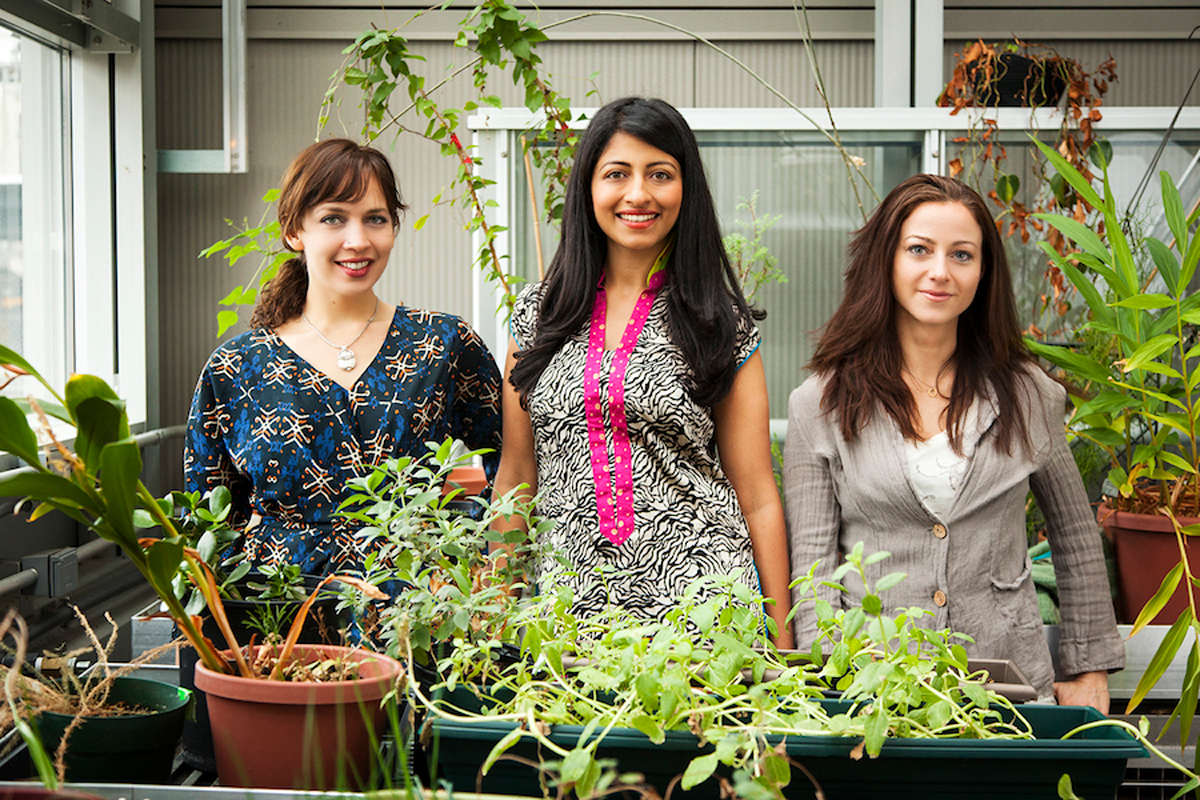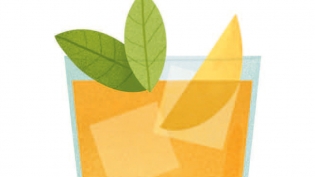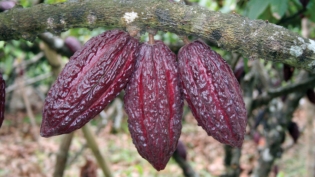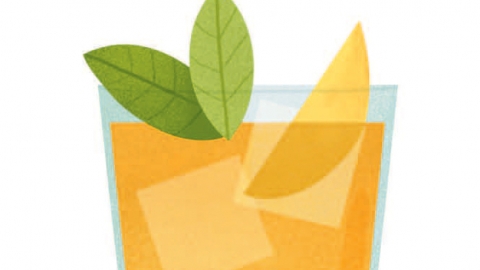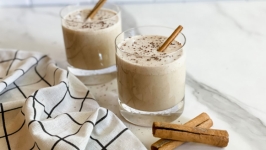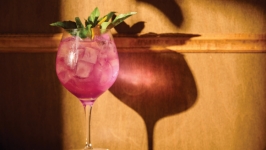When Botany Meets Cocktails
Botany at the Bar: The Art and Science of Making Bitters, a handy new cocktail guidebook on crafting unique botanical drinks, has a not-so-hidden agenda: teaching folks about 200 plants that are safe (and delicious!) for using in drinks or bitters.“
You are on to us!” says Ashley DuVal, one of the three botanist authors and founders of Shoots & Roots Bitters. “And yes, we are very transparent with our motivation — to use plant-based creations, whether they be bitters, cocktails, syrups, tisanes or shrubs, to get people to engage with plants. We hope that our book empowers people — whether they may be bartenders, hobbyists, or foodies alike, to go outside of their familiar zone by experimenting with plants and ingredients that may be new to them.”
Local Love
One of the cocktails created by the team, the Bodhi Tree cocktail, was inspired by her work at the USDA Subtropical Horticultural Research Station, also known as Chapman Field, home to thousands of accessions of subtropical fruit, ornamental and economically important crops from around the world. “Many of these trees, if they were to be lost, would be difficult or impossible to reintroduce. So this is literally a priceless collection, that could be thought of as a sort of Noah’s ark of fruit and ornamental plants,” she says. “The Bodhi Tree cocktail includes some ingredients that are cultivated and protected at the station, such as mango, ginger and, before the collection was removed because of canker, lime.”
In Botany at the Bar, DuVal and co-authors Selena Ahmed and Rachel Meyer list useful plants, grouped by geographical region with colorful illustrations to inspire readers to come up with their own creations. “We promote blue pea flower (Clitoria ternatea) as a fun one to add to cocktails. At low pH like in gin, it infuses a lovely dark green-blue but as the drink becomes more acidic it will lighten into a purple, then pink,” says DuVal, ever the scientist: “Think cocktail-hour titration experiment!”
Meet the authors at their South Florida book launch on Thurs., July 18 at Fairchild Tropical Botanic Garden. Details here.


